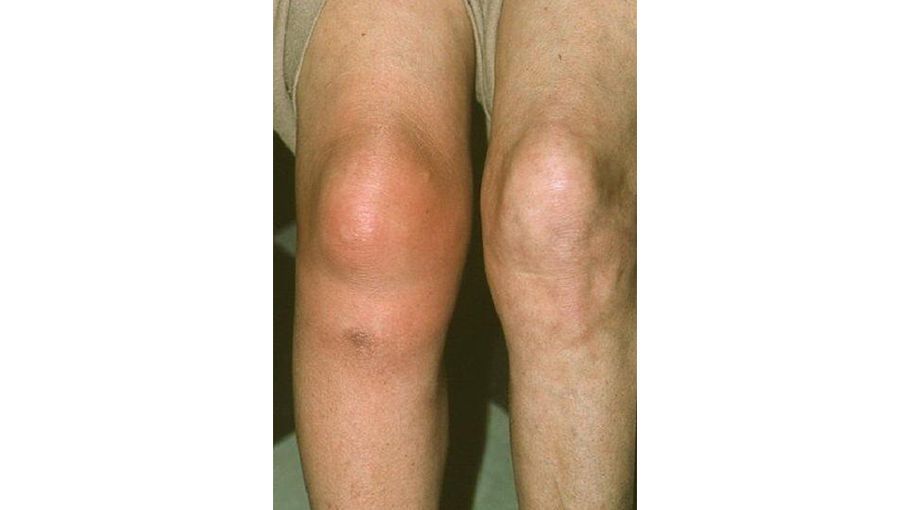Causes, risk factors of pseudogout (part 2)

Pseudogout has been linked to the presence of calcium pyrophosphate dihydrate crystals within the affected joint. These crystals become more numerous as people age, appearing in nearly half the population older than age 85. But most people who have these crystal deposits never develop pseudogout. It's not clear why some people have symptoms and others don't.
Risk factors
Factors that can increase your risk of pseudogout include:
• Older age: The risk of developing pseudogout increases with age.
• Joint trauma: Trauma to a joint, such as a serious injury or surgery, increases your risk of pseudogout in that joint.
• Genetic disorder: In some families, a predisposition for developing pseudogout is hereditary. These people tend to develop pseudogout at younger ages.
• Mineral imbalances: The risk of pseudogout is higher for people who have excessive calcium or iron in their blood or too little magnesium.
• Other medical conditions: Pseudogout has also been linked to an underactive thyroid gland or an overactive parathyroid gland.
Complications
The crystal deposits associated with pseudogout can also cause joint damage, which can mimic the signs and symptoms of osteoarthritis or rheumatoid arthritis.
Courtesy: Mayo Clinic


